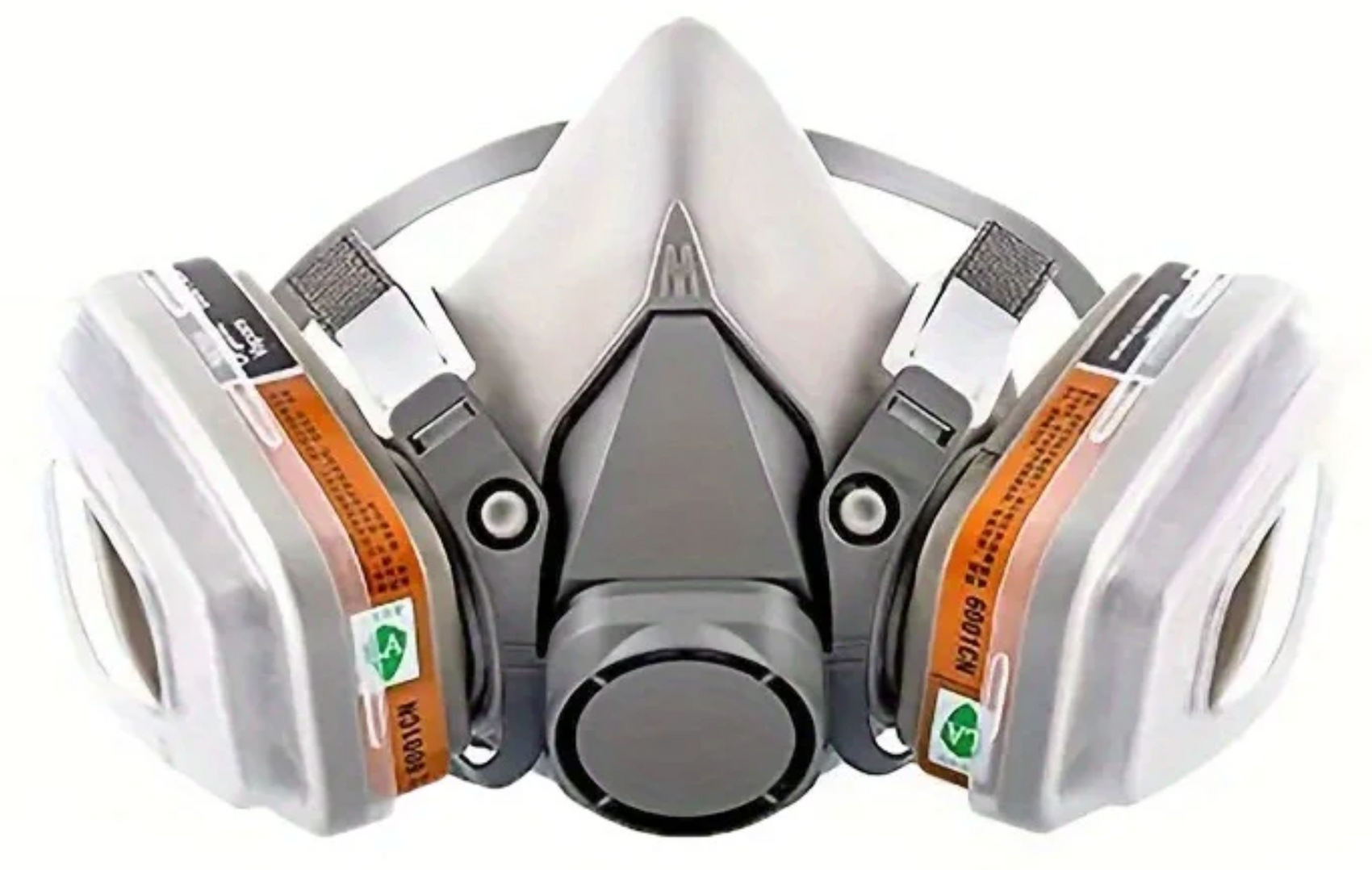Exploring Respirators: Types and Functions
In a world filled with pollutants, allergens, and contagious pathogens, safeguarding our respiratory health has become paramount. Respirators, often referred to as masks, serve as our frontline defense against airborne hazards. Whether it's for industrial work, medical procedures, or everyday protection, choosing the right respirator can significantly impact our well-being. Let's delve deeper into the world of respirators to understand their types, functionality, and importance.
Types of Respirators:
-
N95 Respirators: Widely used in healthcare settings and construction sites, N95 respirators filter out at least 95% of airborne particles. They're tight-fitting and designed to form a seal around the nose and mouth, offering excellent protection against both solid and liquid particles.
-
Surgical Masks: These loose-fitting masks are primarily used by healthcare professionals during medical procedures. While they provide some level of protection against large droplets, they're not as effective as N95 respirators in filtering out smaller particles.
-
Half-Face and Full-Face Respirators: Commonly used in industrial settings, these respirators cover the nose and mouth (half-face) or the entire face (full-face). They feature cartridges or filters that can be replaced as needed, offering protection against various gases, vapors, and particulates.
-
Powered Air-Purifying Respirators (PAPRs): PAPRs use a battery-powered blower to force air through filters, providing a continuous supply of clean air to the wearer. They're often used in environments where airborne contaminants are present in high concentrations or where prolonged exposure is likely.
Functionality and Importance Of Respirators:
Respirators function by filtering out harmful particles, preventing them from entering the respiratory system. They not only protect the wearer but also help prevent the spread of infectious diseases to others. Properly fitted respirators create a seal against the face, ensuring that air is filtered through the designated mechanism, rather than leaking in through gaps.
The importance of respirators cannot be overstated, especially in hazardous environments or during disease outbreaks. They play a crucial role in safeguarding the health and well-being of workers in industries such as construction, manufacturing, and healthcare. Moreover, they're essential for frontline healthcare workers dealing with contagious diseases, providing them with the necessary protection to perform their duties safely.
Choosing the Right Respirator:
Selecting the right respirator depends on various factors, including the type of hazards present, the level of exposure, and individual comfort preferences. It's essential to assess the specific requirements of the situation and choose a respirator that offers the appropriate level of protection.
Additionally, proper fit testing is crucial to ensure that the respirator forms a tight seal against the face. Ill-fitting respirators may compromise their effectiveness, allowing harmful particles to enter the respiratory system. Training on how to use and maintain respirators is also essential to maximize their efficacy and lifespan. Safety Supplies: Your Respiratory Protection Partner.
Conclusion:
Respirators are indispensable tools for protecting respiratory health in a world filled with airborne hazards. Whether it's filtering out dust and pollutants in industrial settings or preventing the spread of contagious diseases, respirators play a vital role in keeping us safe. By understanding the different types of respirators, their functionality, and the importance of proper selection and usage, we can make informed decisions to protect ourselves and those around us. Remember, when it comes to respiratory protection, knowledge and preparation are key. Stay safe, breathe easy!

